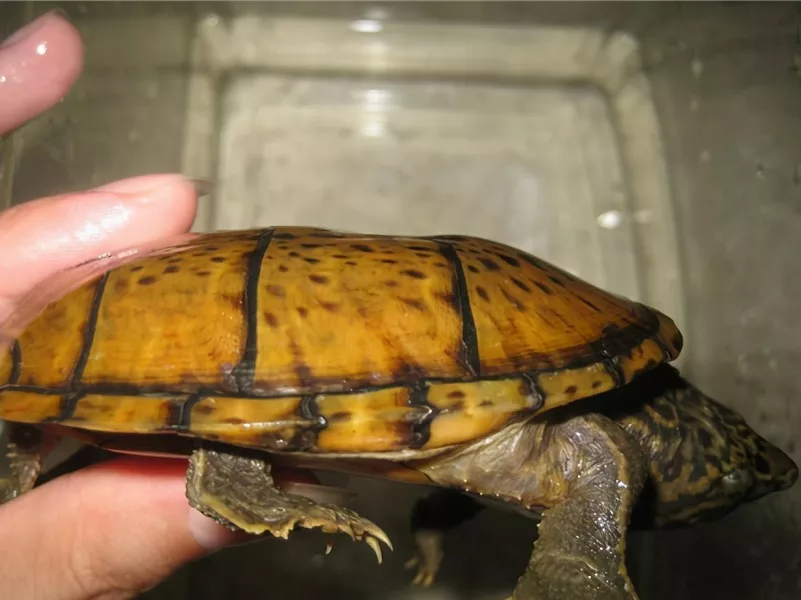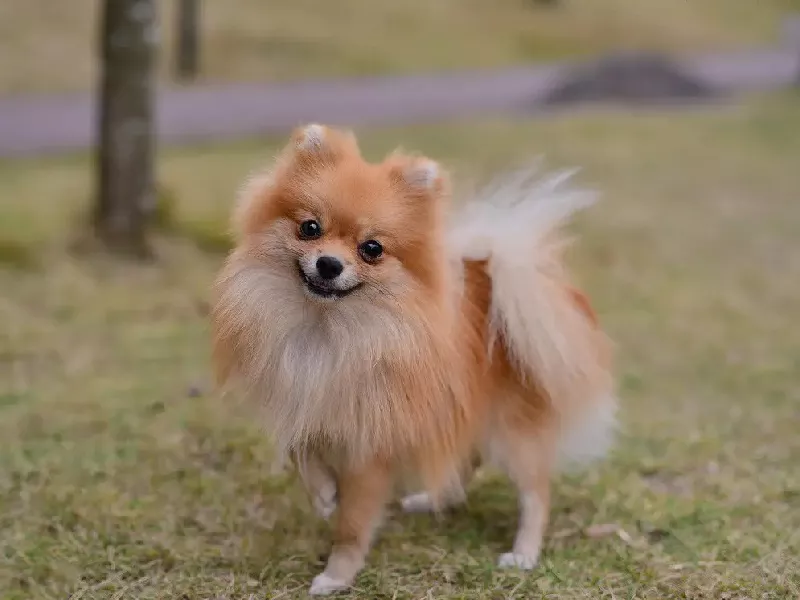What is a flattened musk turtle?
The flattened musk turtle (Sternotherus depressus) is a critically endangered species of freshwater turtle in the family Kinosternidae. The species is endemic to the southern United States.
The flat-backed musk turtle is most active in the early morning. It is a shy small water turtle that generally appears in the upper and lower reaches of the Black Warrior River water system, Jefferson, Marshall, Lawrence, Walker and other places as well as medium-sized creeks and wide Streams and even dams are ideal habitats.
What does flattened musk turtle look like?
Body length: 7.6- 11.4 cm, the head and neck are slightly greenish and covered with a dark mesh pattern, and the lower jaw has a pair of tentacles. The limbs have webbed feet, the male tail is thick and long, and the color is generally brown. The carapace is very flat, and the slopes on both sides form an angle greater than 100 degrees. In juveniles, the angle to height ratio of the slope is approximately 9.5:1. There is a relatively blunt, less pronounced spine in the center of the back. The marginal shields on both sides of the front end of the carapace are slightly serrated. Each vertebral shield overlaps with the front end of the rear shield. The first vertebral shield is longer and never touches the second marginal shield. The other 4 The width of the vertebral shield is greater than its own length, and the 5th piece expands to the rear. The color of the carapace is tan and brown, with black or brown spots and stripes. There is a clear black border between the shields, the plastron is pink and tawny, and there is only one throat shield. At the front end of the abdominal shield is a hinged cover that is not very clear. The order of the size of the plastron is: abdominal shield > chest shield > hip shield > costal shield > throat shield. The head is of moderate size, with a mandible not quite resembling a hook, perfect black reticulated stripes and spots on the back of the olive head, moderately enlarged in adulthood.
Some adult musk turtles have yellow stripes from the nostrils to the eye sockets and a longitudinal stripe pattern on the neck, which is narrower and less pronounced than that of the tiger musk turtle.
Flattened musk turtle habitat
Medium sized creeks with wide creeks and even dams are ideal habitats, although the flattened musk turtle can live in creeks and lakes in a variety of conditions, his habitat is more suitable in free-flowing creeks and creeks , and has aquatic vegetation about 2 inches deep.
The protruding and superimposed rocks on the river surface are rich in mollusks, shallow silt and sediments, moderate nutrient content and suitable bacterial counts, suitable water temperature, low pollution, and the continuous accumulation of sand does not There will be hazards.Habits of the flattened musk turtle
The shy, enigmatic flattened musk turtle rarely basks in the sun, preferring dim sunlight at dusk and out at night, especially in midsummer. Juveniles are more mobile than adults during the day, and males have a larger range of movement than females.
Within a season and an area, with more adults, the range of male and female turtles is mainly kept within 20-30 meters.
Flattened musk turtle breeding
Male musk turtles take 4-6 years to reach sexual maturity, and the carapace is between 6.0-6.5cm; while female musk turtles take 6-8 years to reach sexual maturity, and the carapace is 7.0-7.5 cm. between cm. Female turtles can lay 1-2 nests of eggs in a year, from May to mid-June or early July, with about 1-4 eggs per nest. Females usually lay their eggs in sandy areas and not deep caves. Central or near the river.
When the musk turtle is young, it is often preyed on by wading birds or some predatory fish. For adults, the raccoon (Procyon lotor) is the main predator. Giant snapping turtles (also known as “little crocodiles”) are also predators of juvenile and adult musk turtles.
The lifespan of the flattened musk turtle is generally 30-40 years.
Whta to feed flattened musk turtle?
The flattened musk turtle’s diet is initially mollusks and sometimes insects and worms.
Adults feed mainly on snails and clams and mussels; juveniles eat small snails. But all rely mainly on insects, etc., and the abundance of food and the density of populations in a place are closely related.


























